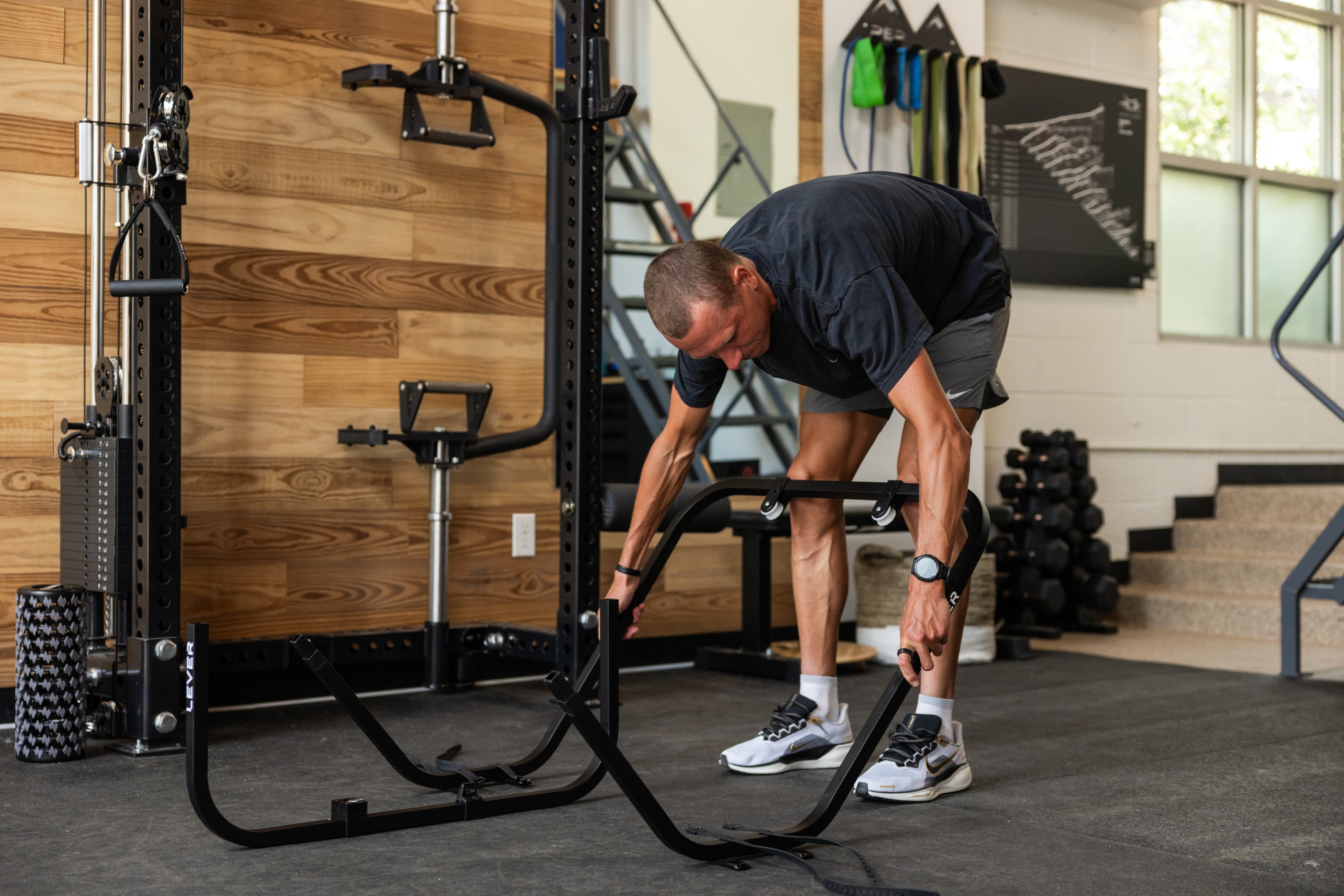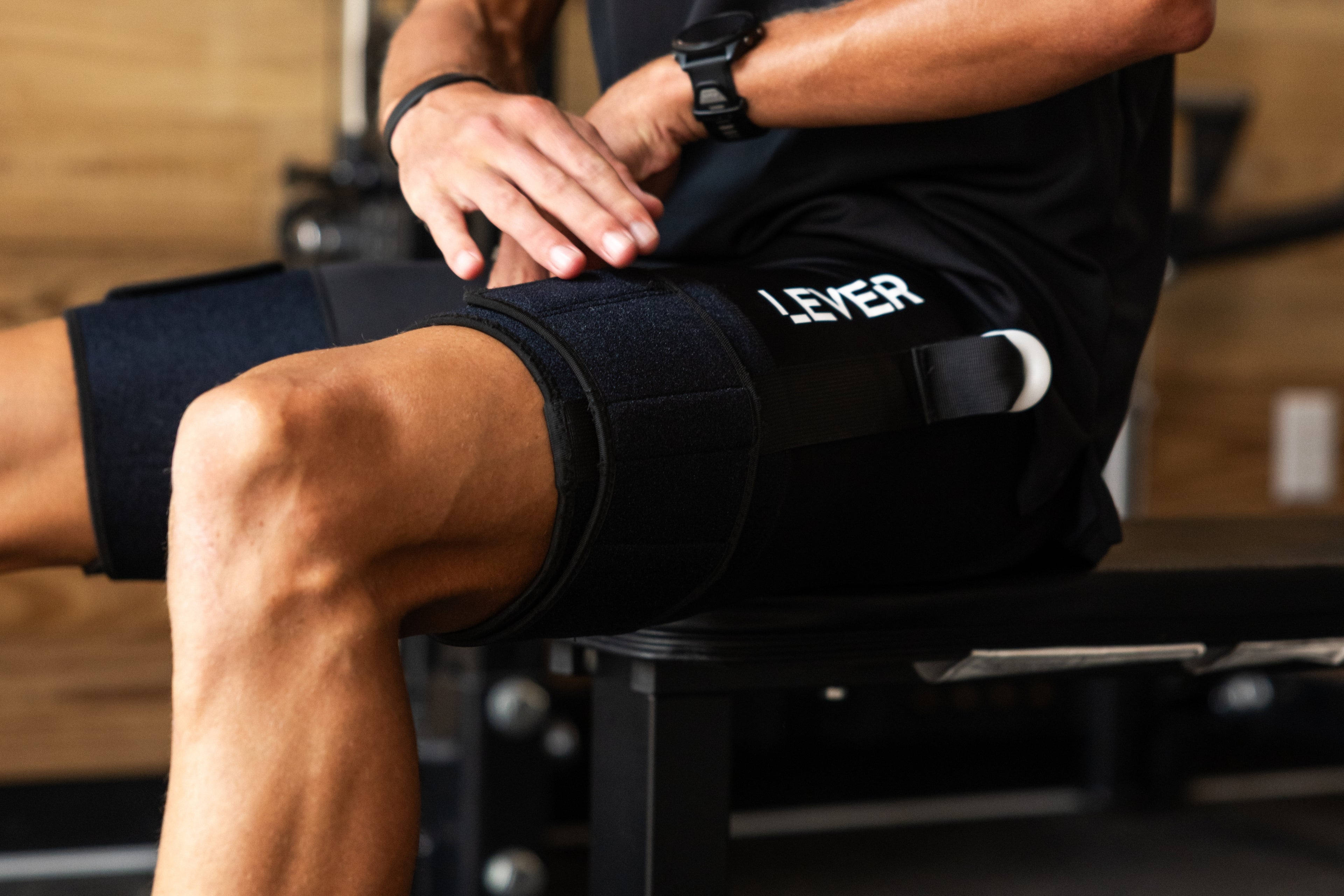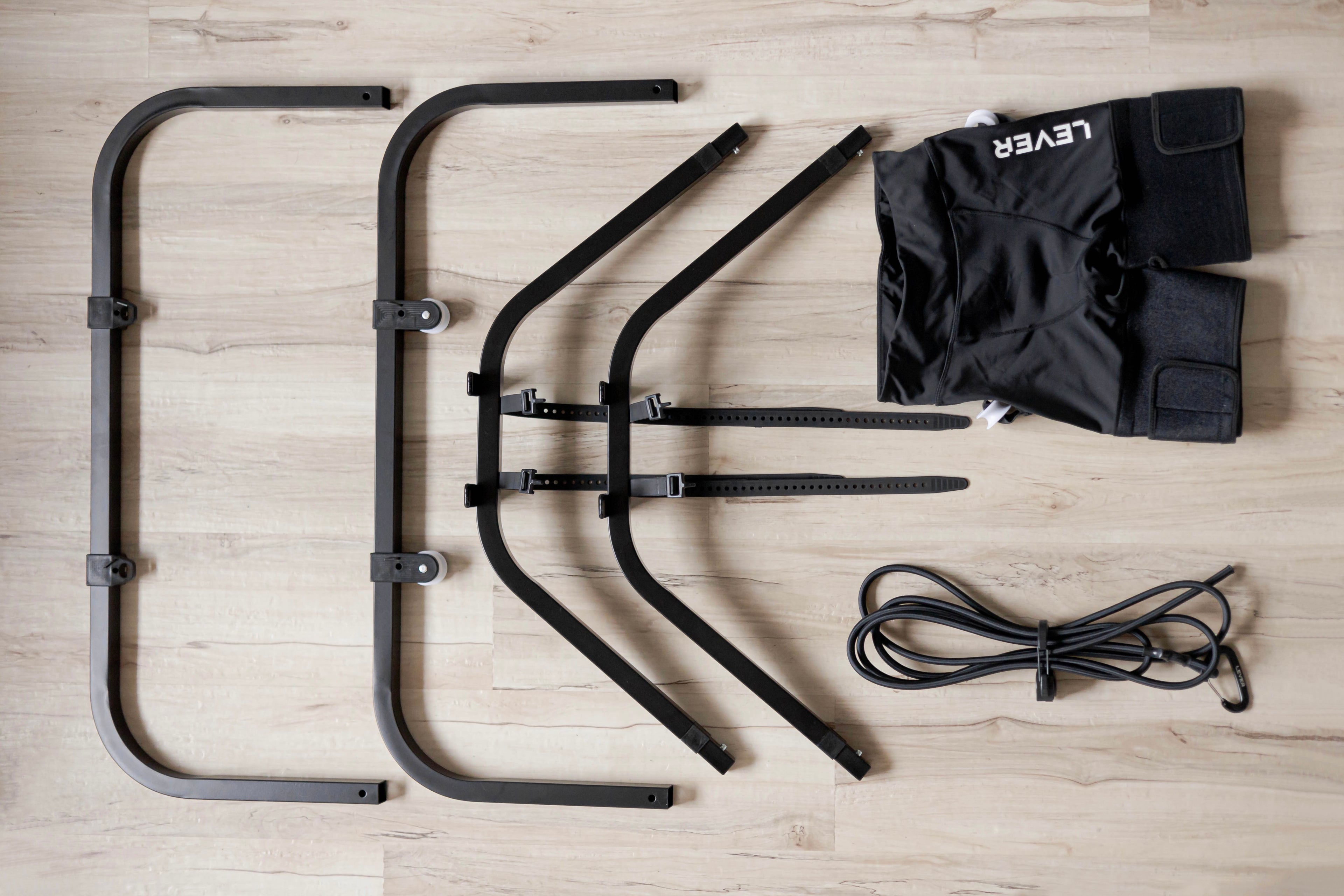Understanding Heart Rate Zones
Heart rate zones are specific ranges that represent different levels of effort. They are typically divided into five zones, each with its own benefits and purposes. These zones are determined by a percentage of your maximum heart rate (MHR), which can be roughly estimated as 220 minus your age.
-
Zone 1: Recovery (50-60% of MHR)
- Purpose: Enhances recovery and promotes blood flow without stressing the body.
- Benefits: Ideal for warm-ups, cool-downs, and active recovery days.
-
Zone 2: Endurance (60-70% of MHR)
- Purpose: Builds aerobic base and improves overall cardiovascular health.
- Benefits: Increases fat metabolism, improves endurance, and is sustainable for long runs.
-
Zone 3: Tempo (70-80% of MHR)
- Purpose: Enhances aerobic capacity and lactate threshold.
- Benefits: Increases stamina and ability to sustain a faster pace for longer periods.
-
Zone 4: Lactate Threshold (80-90% of MHR)
- Purpose: Improves speed and race pace endurance.
- Benefits: Increases lactate threshold, allowing you to run faster without fatigue.
-
Zone 5: Anaerobic (90-100% of MHR)
- Purpose: Develops maximum performance and speed.
- Benefits: Enhances sprinting ability and overall power.

Why They Matter
-
Personalized Training: Training within specific heart rate zones allows for tailored workouts that match your fitness level and goals, preventing overtraining and undertraining.
Research has shown that personalized training based on heart rate zones can lead to significant improvements in performance and endurance. For instance, a study published in the Journal of Sports Science & Medicine found that runners who trained using heart rate zones improved their VO2 max (a key indicator of cardiovascular fitness) more effectively compared to those who did not use heart rate-based training .
-
Optimal Performance: Understanding and utilizing heart rate zones can help runners achieve peak performance by training the right energy systems at the right times.
A study in the European Journal of Applied Physiology indicated that training at specific heart rate zones helps in optimizing the training load, thereby enhancing the overall performance of athletes .
-
Injury Prevention: By monitoring heart rate, runners can avoid pushing too hard too soon, reducing the risk of injury and burnout.
According to research published in the Journal of Strength and Conditioning Research, runners who monitored their heart rates were less likely to suffer from overuse injuries compared to those who did not .
-
Efficient Workouts: Training in the appropriate zones ensures that you are making the most out of every workout, whether you're aiming to build endurance, increase speed, or recover properly.
-
Track Progress: Regularly monitoring your heart rate during runs can provide valuable feedback on your fitness improvements and help you adjust your training plan as needed.

How to Get Started
-
Determine Your Max Heart Rate: Use the formula 220 minus your age to estimate your maximum heart rate.
-
Use a Heart Rate Monitor: Invest in a reliable heart rate monitor to accurately track your heart rate during workouts.
-
Establish Your Zones: Calculate your heart rate zones based on percentages of your maximum heart rate.
-
Plan Your Workouts: Design your training plan to include sessions in various heart rate zones, focusing on your specific goals and upcoming races.
-
Listen to Your Body: While heart rate monitors are useful, always pay attention to how your body feels during workouts and adjust accordingly.
Incorporate LEVER Movement
For those incorporating body weight support systems like LEVER, heart rate zones can be particularly useful in monitoring effort levels during reduced weight training sessions. Using LEVER allows runners to train at higher intensities without the full impact, making heart rate monitoring crucial to ensure you're still hitting your desired zones and reaping the benefits.





















